Iron Blog
Featured Posts
Student Athlete Returns to Volleyball after Physical Therapy
90% of student athletes report some sort of sports-related injury. 42% said that they’ve hidden an injury during a game so they can keep playing. Not our Patient of the Month. This is what happened when high school volleyball player, Katie, crushed her physical therapy so she could come back stronger than ever.
What to Expect if You're Recovering from Knee Surgery
Force. Motion. Acceleration. These are all terms that took on a different meaning for our physics teacher Patient of the Month, Joe, in physical therapy. After knee replacement surgery, physical therapy got him out of his comfort zone and beyond limits he wouldn’t have been able to go past on his own. Learn more here.
Returning to Golf After Surgery
This golfer is not afraid to sweat! Although her recovery from hamstring surgery took a little longer to get through, her humor and determination has stayed in tact. Read more about her recovery and contagious smile that our staff loves here.
Crossfitter Uses Physical Therapy To Relieve Back Pain
After putting physical therapy off for years, our Patient of the Month is finally getting back to his CrossFit WOD without back pain. His advice? It doesn’t hurt to try physcial therapy - it fact, it healed him! Learn more about TJ’s physical therapy experience here:
Cross-Training During Injury Recovery
After physical therapy, this runner’s mantra went from “Eat, Sleep, Run” to “Eat, Sleep, Run, Bike, Lift, and Give Yourself Some Rest Days.” Physical therapy is what keeps her a strong & healthy athlete, more than what keeps her running. Read more about our spunky Patient of the Month’s recovery here:
Montclair Bread Owner Makes Full Recovery After Major Bike Accident
After a major bike accident sidelined this triathlete, our Patient of the Month Rachel (and beloved owner of Montclair Bread Company) was one of the hardest working, most dedicated patients we’ve ever seen. True to form, she blew all expectations out of the water and her surgeon recently said she was a full 6-12 months ahead of where all the science and his experience said she should be. Read more about Rachel’s unbelievable recovery here!











